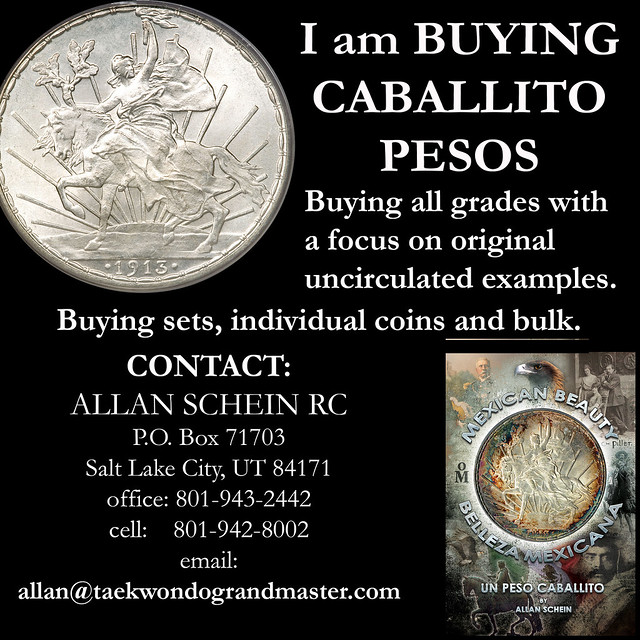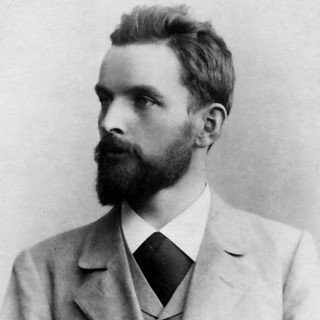
PREV ARTICLE
NEXT ARTICLE
FULL ISSUE
PREV FULL ISSUE
SILVIO GESELL'S MONEY WITH AN EXPIRATION DATEBanknote-stamping is nothing new, of course. In fact, stamps-on-money was a key part of a scheme proposed in 1891 by a self-taught radical economist. National Public Radio's Planet Money published a very interesting article about it. Found via SPMC News & Notes Volume V, Number 10 August 27, 2019. Here's an excerpt. -Editor
The problem, Gesell believed, was that money served two roles that often came into conflict: It was a way for people to store wealth, and it was the thing everybody needed to conduct business. The fact that money could store wealth meant its holders had a reason to cling to it, especially in crises like the one he saw in Argentina, when opportunities to safely put that money elsewhere looked grim. It was a typical story. When people got scared, they hoarded cash and brought business to a standstill. It led, Gesell said, to a situation of "poverty amid plenty." Gesell wanted to create a new kind of money — a money that would "rot like potatoes" and "rust like iron" so no one would want to hoard it, a money that was "an instrument of exchange and nothing else." And the crazy part is that he did create it. Through a series of pamphlets, articles and books, Gesell inspired a worldwide movement that introduced a completely new form of money. It's one of the most fascinating, and largely forgotten, stories in economic history. But after 70 years of obscurity, Gesell is making a comeback. All of a sudden, this obscure radical from another age has his name and ideas popping up in unlikely places — like speeches of leaders at the U.S. Federal Reserve, research papers of the International Monetary Fund and the pages of the Financial Times. As the industrialized world grapples with stagnation and as markets signal another recession, policymakers are struggling to figure out what to do. Could Gesell provide an answer? Money with an expiration date
In 1891, hoping to end the depression in Argentina, Gesell published his first work, "Currency Reform as a Bridge to the Social State." He proposed a new kind of paper money that would have an expiration date. To avoid expiration, the bills would have to be periodically stamped for a fee. With no new stamp, they would become worthless. In this system, saving money would cost you money. Savings, in other words, would have a negative interest rate. Only by spending or investing it would you be able to avoid stamp fees. Gesell called it "free money" (or Freigold) — "free" because he believed it would be freed from hoarding and also because it would encourage bankers to lend money without charging interest. The logic was this: If you're holding on to something that's dropping in value, you'll happily part with it — even if it means that it won't make you more money than you started with. It's like a game of hot potatoes. You want to pass it on. Gesell believed this would keep money whizzing through the system, preventing future depressions and increasing public prosperity. It was a completely radical idea, especially during a time when nations were on the gold standard. That system latched money to the stable value of gold, which meant currency was a pretty safe place to store wealth. Gesell was saying he didn't want money to be like gold. He wanted it to be like most other objects, which decay and rust and go bad. Of course, many people hated this idea, especially people with a lot of money. I was about to add a comment that this sort of thing was done in the Great Depression, when the article tied that fact back to Silvio Gesell. -Editor Free money becomes real money
In 1932, in the small town of Wörgl, Austria, a town leader, Michael Unterguggenberger, got Wörgl to issue stamped money as a way to combat skyrocketing unemployment and business closures. The town used it to pay the unemployed to do public works, and by all contemporary accounts, the system worked to lift the town out of misery. The press dubbed it the "miracle of Wörgl," and it was one in a series of local experiments with stamped money. These experiments inspired many other struggling cities, like Hawarden, Iowa, and Anaheim, Calif., to do the same. It was around then that Gesell's work was finally published in English. With classical economics discredited by the prolonged depression and with leading economists scrambling to figure out what to do, many were inspired by Gesell. Among them were Irving Fisher and John Maynard Keynes, two of the most influential economists of the 20th century. In 1933, Fisher wrote a short book inspired by Gesell's ideas called Stamp Scrip. Fisher was an economist at Yale University, and he's now somewhat unfairly remembered for making overly optimistic predictions before the crash of 1929. He lobbied Congress to institute stamped money to provide relief to a distressed America. U.S. senators introduced a bill (S. 5125) that would have issued a billion dollars of stamped money to be distributed nationally. But it did not end up becoming law. Perhaps that's because that year was already seeing huge changes, with newly elected President Franklin D. Roosevelt implementing the New Deal and taking the U.S. off the gold standard. To read a digital copy of Stamp Scrip, see: STAMP SCRIP By Irving Fisher, LL.D. (Professor of Economics, Yale University) Assisted by Hans R. L. Cohrssen and Herbe... (https://epdf.pub/stamp-scrip.html) To read the complete article, see:

Wayne Homren, Editor The Numismatic Bibliomania Society is a non-profit organization promoting numismatic literature. See our web site at coinbooks.org. To submit items for publication in The E-Sylum, write to the Editor at this address: whomren@gmail.com To subscribe go to: https://my.binhost.com/lists/listinfo/esylum All Rights Reserved. NBS Home Page Contact the NBS webmaster 
|
